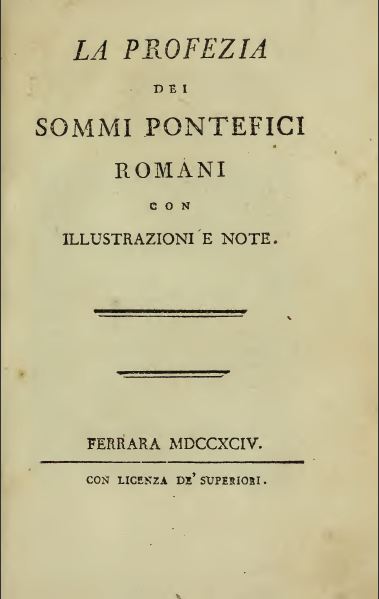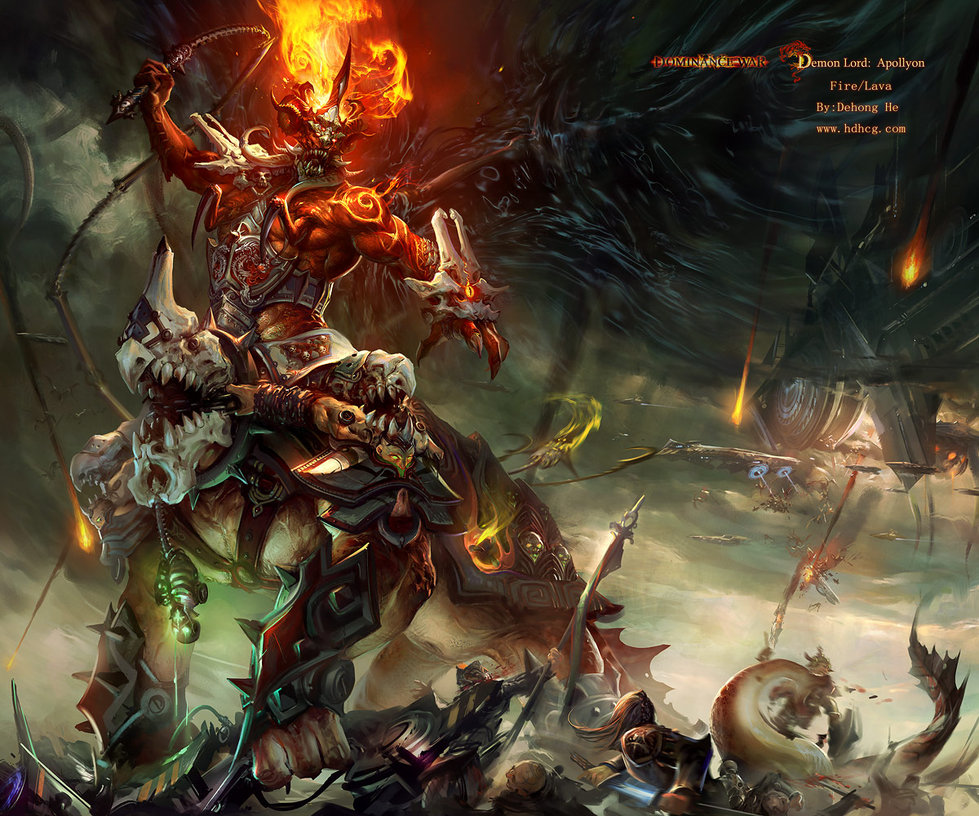 The first published edition of St. Malachy’s prophecy of the popes was in Arnold de Wion’s massive 1,800 page volume entitled Lignum Vitae (Tree of Life), which was published in 1595, containing the astonishing apocalyptic prediction:
The first published edition of St. Malachy’s prophecy of the popes was in Arnold de Wion’s massive 1,800 page volume entitled Lignum Vitae (Tree of Life), which was published in 1595, containing the astonishing apocalyptic prediction:
In extreme persecution, the seat of the Holy Roman Church will be occupied by Peter the Roman, who will feed the sheep through many tribulations; when they are over, the city of seven hills will be destroyed, and the terrible or fearsome Judge will judge his people. The End.
The final page of the original document containing the famous finale which predicts the destruction of Rome can be viewed here. Because of Rome’s inferred status as Mystery Babylon of Revelation 17, the Jesuits in particular have burned the midnight oil over the centuries in discrediting it. The problem is that this first extant edition is a full 456 years after Malachy prophesied in 1139. This dubious state of affairs led to a large amount of critical scholarship labeling the prophecy a 16th century forgery. In recent history, the most popular and exhaustive handling of the prophecy of the popes is arguably the book, The Last Pope, by author and self-proclaimed “prophet” John Hogue. Hogue is regular guest on the Coast to Coast radio show and his bio is here. His bio is pretty impressive and we have availed ourselves of his work in researching Petrus Romanus. While Hogue has done much interesting work on the Malachy prophecy, we promise that you have yet to learn the whole story. In his 2000 best seller, Hogue laments that one of the oldest sources concerning the origin of the Malachy prophecy, a rare Italian work, La Profezia dei Sommi Pontefici Romani, was lost to history:
There was once a work entitled La Profezia de’Sommi Pontefici Romani published in Ferrara in 1794 by an anonymous author. It claimed to trace back to the original paper trail to the time before Wion and Ciaconnius discovered St. Malachy’s original manuscript. Unfortunately the last copy of Profezia was destroyed when the convent at Rimini, where it was preserved, was ransacked and shut down by French revolutionary forces in 1797. If it had survived we might have objective evidence supporting Ciacconius’ or Wion’s role as recorders rather than presumed forgers.[1]
Marauding French revolutionaries aside, Tom Horn and Cris Putnam have news for John Hogue and anyone who is fascinated by prophecy. The lost book has been found!
The upcoming Defender release Petrus Romanus will not only take advantage of the unprecedented knowledge gained within this forgotten work. We have also obtained an extremely rare Jesuit tome, written over sixty years ago, which not only argues that the prophecy is real, it places the pontificate of the last pope, Petrus Romanus, in 2012! I have been publicly skeptical about 2012 but this was literally published so long ago that it cannot be dismissed as hype. It seems that time is running out sooner than we expected. If you are a regular visitor to my site you have likely noticed I haven’t posted for a while. I have been working long hours translating Latin, Italian and French for this project. (I am starting to see double and I may need glasses after this) Tom Horn has been extra busy too. Our research is unprecedented, there is no other book on St. Malachy’s prophecy and its cosmic implications that comes close to what we are now assembling. Our research is ongoing and astonishing new facts are still being uncovered as I write but we are working tirelessly to get this book out to the public as soon as we possibly can. Back to grindstone!
[1] John Hogue, The Last Pope, (Boston: Element, 2000), 178.









